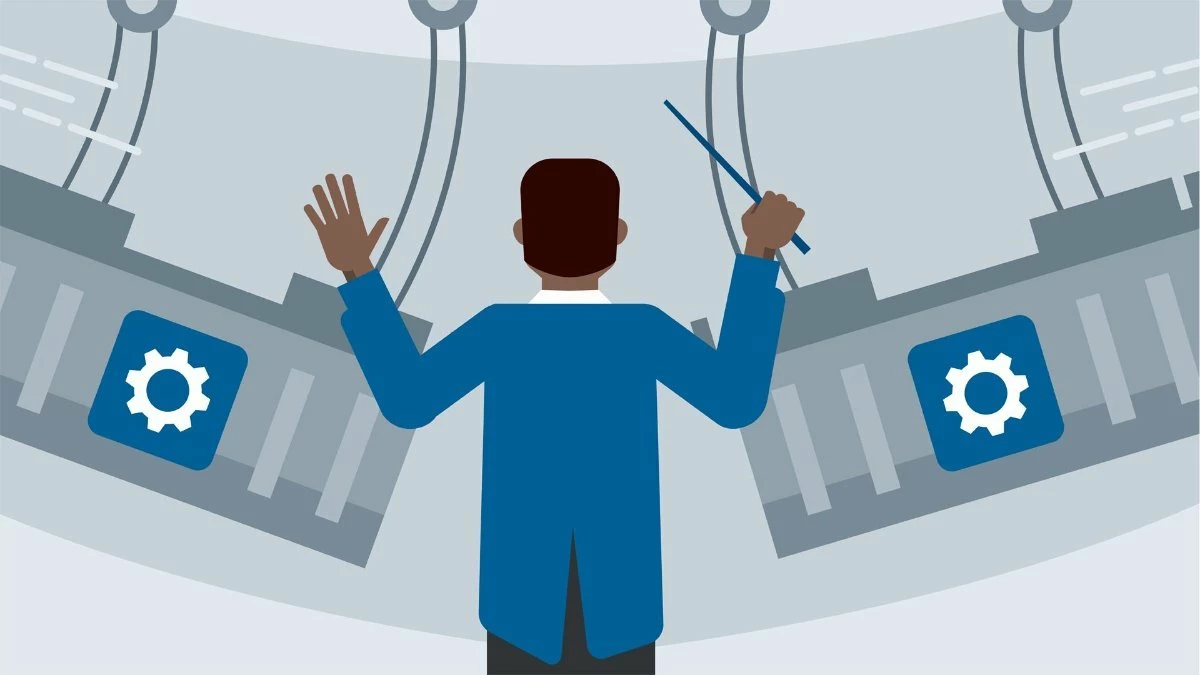
Partner Article
Customer centricity and how to achieve it through orchestration
Marketing orchestration is nothing new. In fact it is really quite old. It first came to prominence back in 2013, the year that HMV went bust, the horse meat scandal shocked the country, Prince George was born and Facebook and Twitter both went public. Seems like eons ago, doesn’t it?
Over the intervening six years it has been difficult to attend a meeting, listen to conference speaker or read an article - whatever your discipline, skill set or role - without at least a cursory mention of Orchestration, Customer Centricity and the Customer Journey.
So, you would have thought that the concept - which moves us away from the quarterly delivery of standalone campaigns; towards the design of inter-related, cross-channel journeys that reflect individual behavior, location, mission to deliver a personalised customer experience would have become commonplace.
And yet it hasn’t.
Quite the opposite. In fact, things have gone quiet. A quick Google search yesterday revealed the most recent article on the topic was written back in March 2018.
After my Google search yesterday, I worried that Forrester was wrong back in 2013 when it authored the seminal report ‘The rise of Orchestration’. It didn’t appear to have risen anywhere. But I believe that - as with so many fundamental shifts in behaviour (“the Internet’s a fad…” etc…) - that the market wasn’t mature enough for Orchestration.
It demands a long list of distinctly scary capabilities:
The recognition of individuals and identities across channels
The real-time capture and management of interaction data
Responsive customer journey design, testing, and optimization
Right-time, cross-channel campaign automation and execution
Rules-based and predictive selection of next-best journey
Responsible preference and permissions management
None of which - to my knowledge - have been collectively and holistically addressed by Client, Social, Digital, Precision, Media or Creative Agency or Consultancy. Too difficult, right? Not core?
In 2013 orchestration was a good idea, but in practice it was all but impossible. It’s like the single customer view. For years, organisations eagerly pursued it, but most failed to deliver. It is only recently through the triumvirate of better data, better computational power and better technology that SCV is now achievable.
Moving forwards, to be orchestration-ready organisations must:
Address the need to move to a customer-focused culture
Organise cross-functionally around the customer life cycle
Invest in technologies that can manage the customer journey from end-to-end. Move from canned responses to next-best journeys
Create and Curate assets - creative, product, service, channel - centrally
Still only a few organisations are able to tick all the boxes. By combining Experience Design and Strategy with future-facing data thinking and application and operational experience it is possible to leverage the power of the customer journey.
The most recent research from McKinsey shows that leveraging the customer experience has its benefits. Across industries, successful projects typically achieve revenue growth of between five and 10 percent and cost reductions of 15 to 25 percent within two or three years. Moreover, companies offering an exceptional customer experience can exceed the gross margins of their competitors by more than 26 percent while they make their employees happier and simplify their end-to-end operations.
Therefore transitioning to orchestration as soon as possible should be a no-brainer.
Richard Calvert is the co-founder of The Thread Team
This was posted in Bdaily's Members' News section by Richard Calvert .
Enjoy the read? Get Bdaily delivered.
Sign up to receive our popular morning National email for free.








 How to make your growth strategy deliver in 2026
How to make your growth strategy deliver in 2026
 Powering a new wave of regional screen indies
Powering a new wave of regional screen indies
 A new year and a new outlook for property scene
A new year and a new outlook for property scene
 Zero per cent - but maximum brand exposure
Zero per cent - but maximum brand exposure
 We don’t talk about money stress enough
We don’t talk about money stress enough
 A year of resilience, growth and collaboration
A year of resilience, growth and collaboration
 Apprenticeships: Lower standards risk safety
Apprenticeships: Lower standards risk safety
 Keeping it reel: Creating video in an authenticity era
Keeping it reel: Creating video in an authenticity era
 Budget: Creating a more vibrant market economy
Budget: Creating a more vibrant market economy
 Celebrating excellence and community support
Celebrating excellence and community support
 The value of nurturing homegrown innovation
The value of nurturing homegrown innovation
 A dynamic, fair and innovative economy
A dynamic, fair and innovative economy